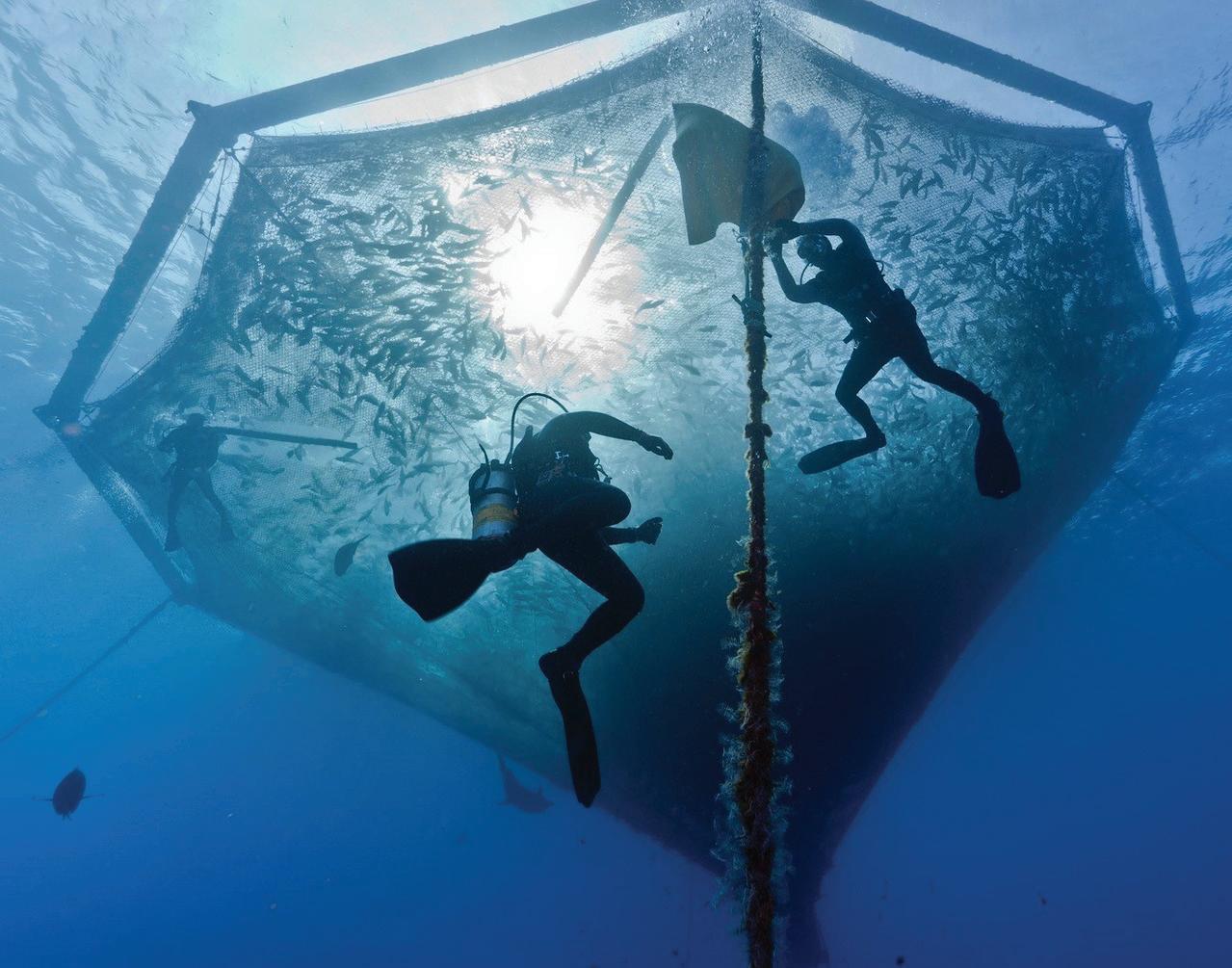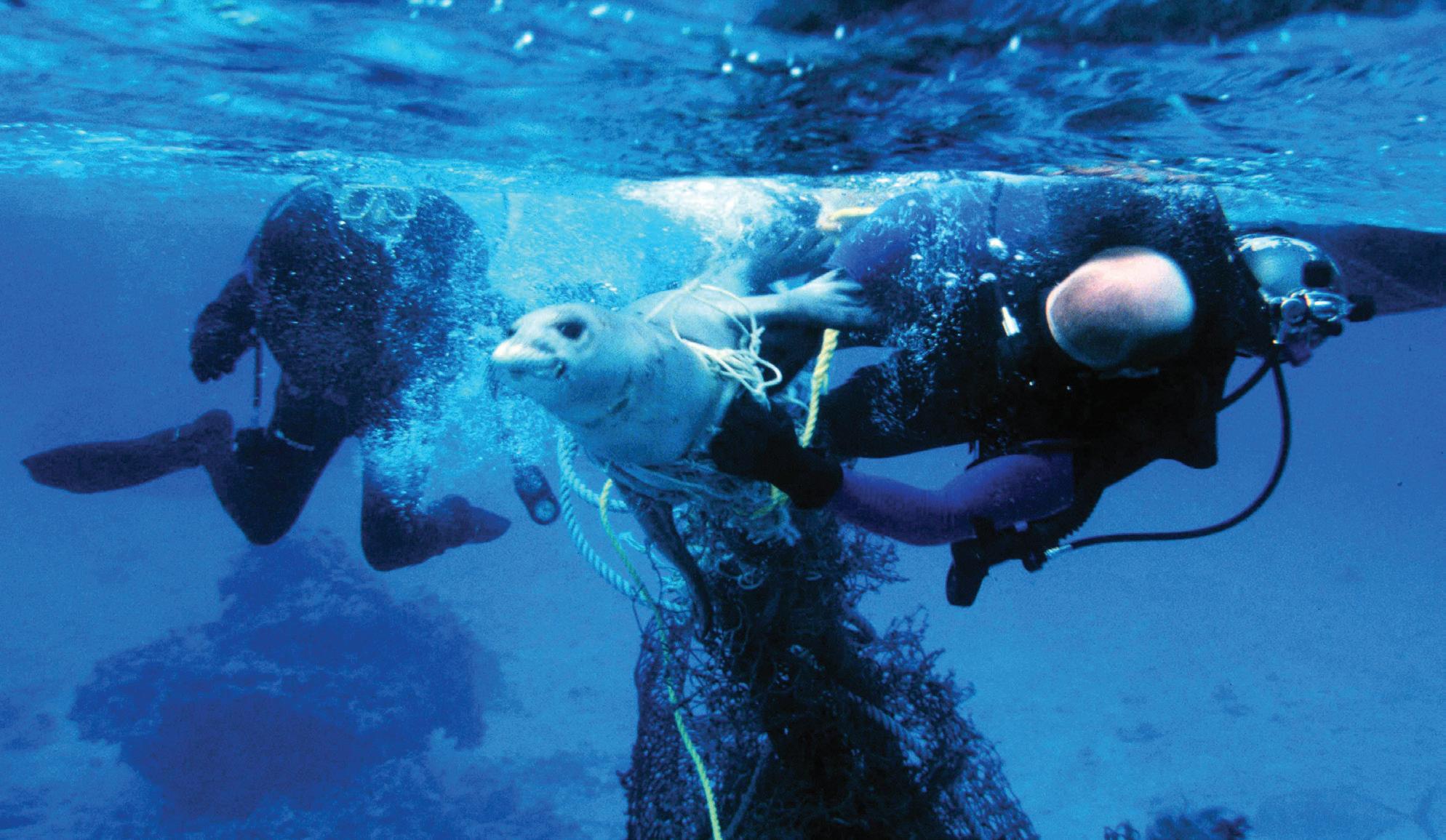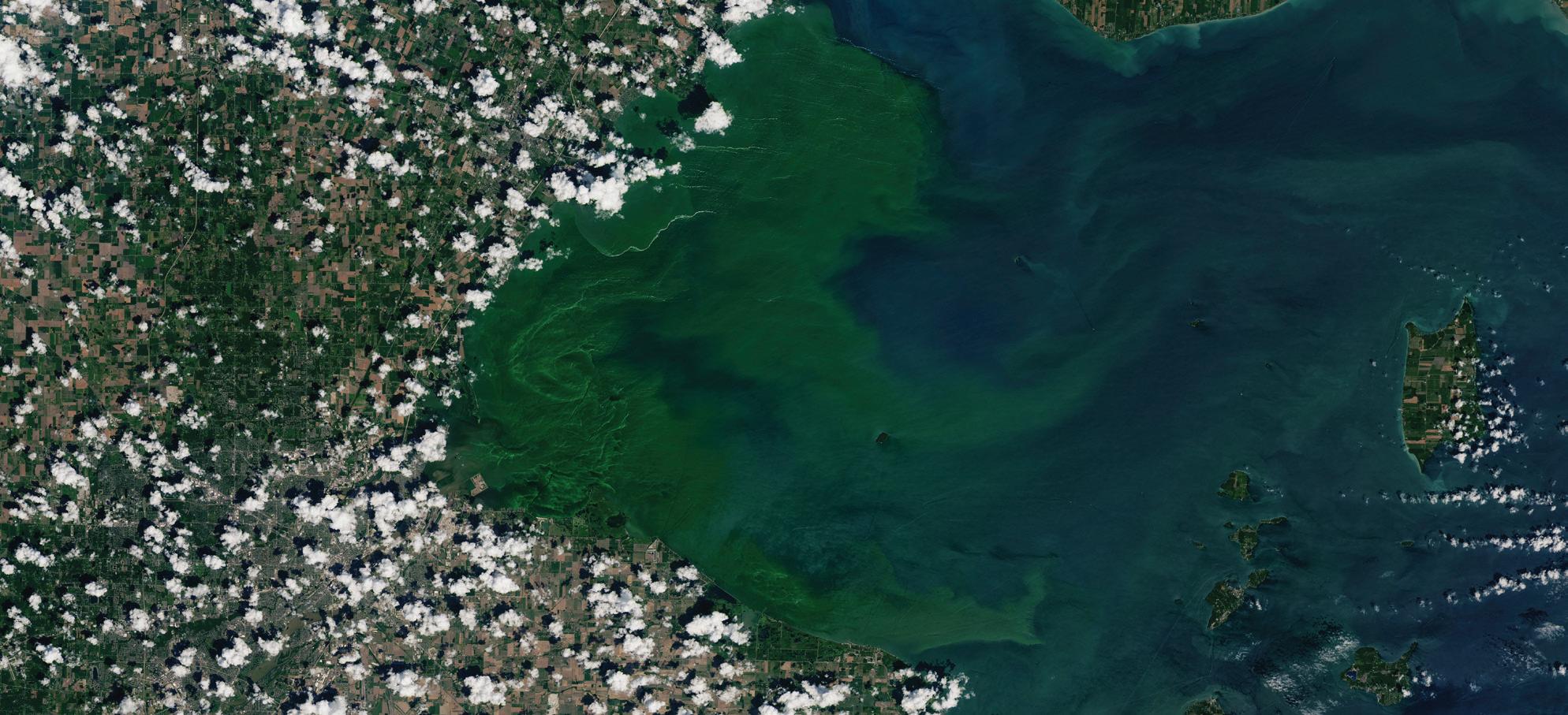NOAA TODAY
Protecting Marine Life
I
t’s been a rough century for the white abalone. Sometime in the early 20th century the large sea snail, one of seven species inhabiting California’s coastal waters, was discovered by fishermen to be the most tender. By the 1970s the population had been decimated, and by the beginning of the 21st century only a few hundred remained, living so far from each
1861–1865
other that their natural means of reproducing – releasing clouds of sperm and eggs and letting currents do the rest – couldn’t possibly generate enough offspring for the species to survive. In 2001, the white abalone became the first marine invertebrate to be listed as a federal endangered species. But things may be looking up: In the fall of 2019, the number of white
abalone off the Southern California coast more than doubled. The National Marine Fisheries Service’s (NOAA Fisheries) White Abalone Recovery Plan includes a captive breeding program to enhance wild populations of white abalone in strategic locations along the Pacific coast. In November 2019 the first juvenile abalone were planted by divers in secret locations along the coast: 3,200 juveniles, bred
United States Coast Survey serves in all theaters of the Civil War and with all major commanders. Coast Surveyors served as hydrographers, topographers, and scouts often in advance of front lines. Coast Surveyors given military rank while attached to a specific command.
26
NOAA PHOTO
NOAA partners to protect, conserve, and recover our most vulnerable marine species. By Craig Collins









































